You are no doubt well aware of the damage that fungi can cause to your plants and crops, and have probably at some point experienced the difficulty of controlling infections.
They also cause damage on a global scale.
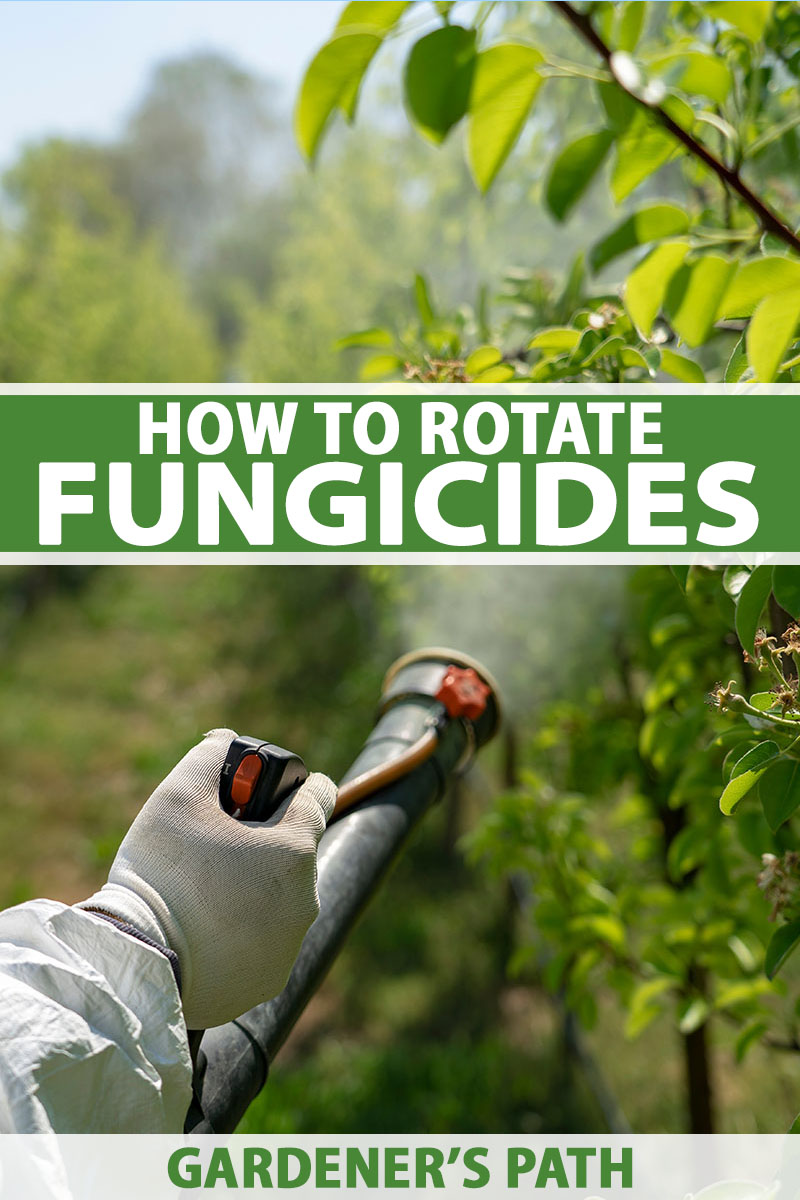
We link to vendors to help you find relevant products. If you buy from one of our links, we may earn a commission.
In an article in Frontiers in Microbiology published in 2019, authors Fausto Almeida, Marcio L. Rodrigues, and Carolina Coelho discuss “the still underestimated problem of fungal diseases worldwide,” referencing their role in both human and plant diseases.
One-third of food crops worldwide are lost to disease caused by fungi each year.
To give an example of the scale of the problem, let’s look at the situation with wheat – the largest food crop in the world – and barley – the sixth largest.
You may already be familiar with rust, the disease that can cover your plants with a reddish, “rusty” coating, that comes off on your clothes as you brush past.
Well, there are three different kinds of rust that infect wheat and barley crops, and it has been estimated that more than $5 billion a year is lost to infection by just these three.
While you are not likely to face destruction on quite the same scale, you are likely to encounter fungal diseases in your garden, some of which can be devastating to your crops or ornamental plants.
Since these organisms can be difficult to control, there is a good chance that you may have to resort to the use of fungicides at some point.
Given the variety of products available, if you have had success with one particular type in the past, you may be happy to keep using it – perhaps even as a preventative measure.
However, by using the same chemical treatment consistently, you run the risk of causing fungal resistance.
Fungi develop resistance to a chemical by mutation. And as they reproduce, their offspring will also have that same mutation, creating a population of resistant fungi.
Not only will the chemical no longer control the disease in your garden, but the resistance can spread throughout the fungal population and threaten agricultural uses of a given product – or even medical use of fungicides in the same class.
Our goal is that this article will show you how to vary the fungicidal chemicals you use in the garden, in an effort to keep this from happening.
What You’ll Learn
- Natural Plant Resistance
- Ideal Fungicides in a Non-Ideal World
- Fungicide Rotation
- The Development of Resistance to Fungicides
- Examples of Highly Specific Fungicides That Are Closely Monitored
- High Risk and Low Risk Fungal Pathogens
- Example of a Rotation Plan for Home Gardeners
- Biofungicides and Plant Defense Compounds
- Drug and Pesticide Resistance Threatens Us All
Natural Plant Resistance
You may not realize that plants have their own immune systems, and can fight off a number of different pathogens.
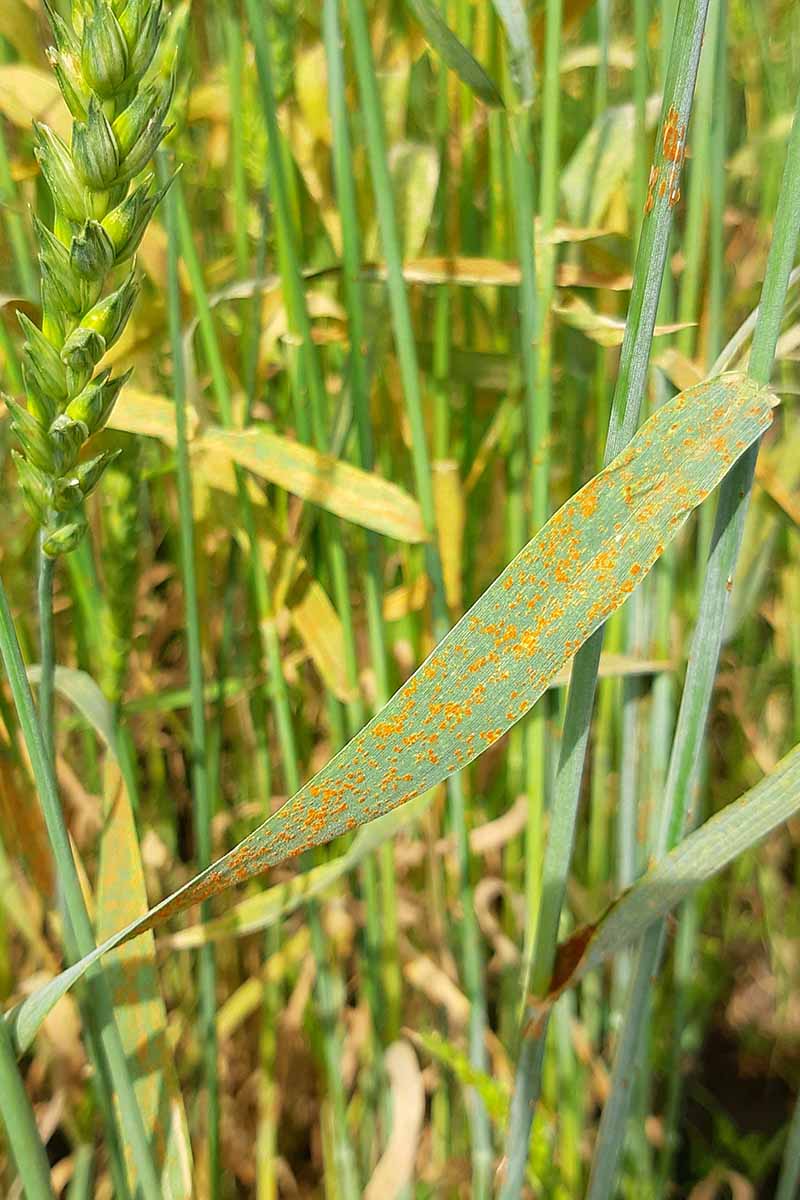
Plant breeders have been taking advantage of this natural process for thousands of years.
Formal plant breeding did not start until the mid-1800s, when the monk Gregor Mendel systematically bred peas and deduced the presence of genes.
He published the results of his work in 1865 – to a very unappreciative world. So much so that his fellow monks burned his research papers after his death!
Scientists did not discover specific genes for plant disease resistance until Harold Flor published his groundbreaking research in 1941. His theories led to major advances in the breeding of plants to be resistant to certain pathogens.
However, despite our best efforts, plant pathogens often evolve resistance to a plant’s mechanisms of controlling them. That is where fungicides come in.
Ideal Fungicides in a Non-Ideal World
Astute growers as far back as the early 1800s figured out that they could use chemicals like sulfur to control plant diseases. However, many of these chemicals are toxic to people, too.
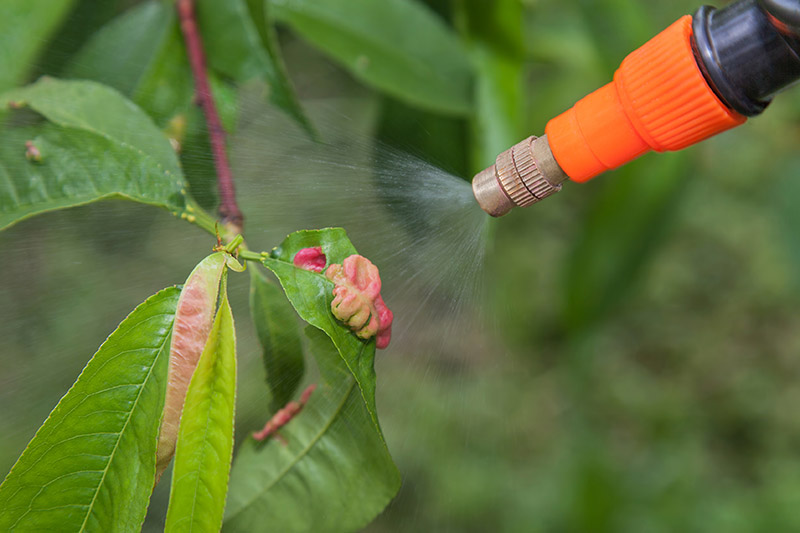
Ideally, we want pesticides to kill the target organism without having a detrimental effect on people, pets, bees, fish, and other types of wildlife.
Mycologists and plant pathologists study the genes and metabolism of fungi, and have identified specific biochemical processes that are not present in people or other organisms from the animal or plant kingdoms.
That sounds like perfection! Killing fungi while leaving all other organisms alone.
However, there is a downside to such a logical targeted approach.
Fungicides are developed to disrupt certain biochemical processes called “target sites.” Some chemicals target one specific process, such as cell wall synthesis, for example.
In the above example, if a fungus develops a genetic mutation that allows the biochemical processes involved in cell wall synthesis to continue in spite of the chemical application, the organism becomes resistant.
If the chemical you are using only acts on one target site in the fungus, the organism can often develop resistance fairly quickly.
Continued application of the same fungicide will cause the mutated – or resistant – members of the population to endure and reproduce. Given enough time, the resistant strain of fungi will be in the majority.
One way to make that detrimental process less likely is to rotate chemicals that target different ways to kill the fungi.
How are you supposed to figure out how to do that?
Fortunately, we’re here to help.
First, there is an organization called the Fungicide Resistance Action Committee (FRAC) that classifies all of the commercially available fungicides into groups according to their mode of action – or how they target the fungi.
Fungicides in each group are also given a FRAC code.
Each group can include options that are very different in their chemical structure, but kill fungi in the same manner, acting on the same target site.
FRAC currently lists 16 groups, plus some that have an unknown mode of action.
Of particular interest is the M group – for multisite fungicides. In contrast to those chemicals with one specific target site, these act on multiple targets at the same time.
By interfering with different biochemical processes simultaneously, this makes it much less likely for a fungus to develop resistance. To do so, the fungus would need to develop all of the necessary mutations at the same time.
These factors mean the multisite fungicides are an excellent choice, not only for alternating with those that have a high risk of resistance, but also for spraying with them at the same time.
Fungicide Rotation
Knowing that resistance is or could be a problem with a particular chemical product allows you to develop a plan to alternate compounds, either with those that are multisite or ones that have different modes of action.
Experts at university integrated pest management (IPM) programs or state agricultural commissioner’s offices can guide you in selecting appropriate fungicides to use as alternatives.
One principle that is absolutely critical is to avoid continuous use of fungicides with the same mode of action.
For example, you should not substitute propiconazole with tebuconazole. As you can tell by the “azole” in their names, these chemicals are closely related, and have the same mode of action.
And if the term “azole” sounds vaguely familiar, that’s because many of the antifungal drugs used to treat human yeast infections contain these “azole” groups.
In fact, many of these drugs have been used in agriculture for decades. But this is not a good idea, in the current age of multidrug resistance.
The Development of Resistance to Fungicides
The FRAC focuses on fungicides that have, or are likely to have, problems with resistance in the pathogens they are intended to eradicate.
A lot of factors are at play in determining whether or not an organism may develop resistance to a particular compound.
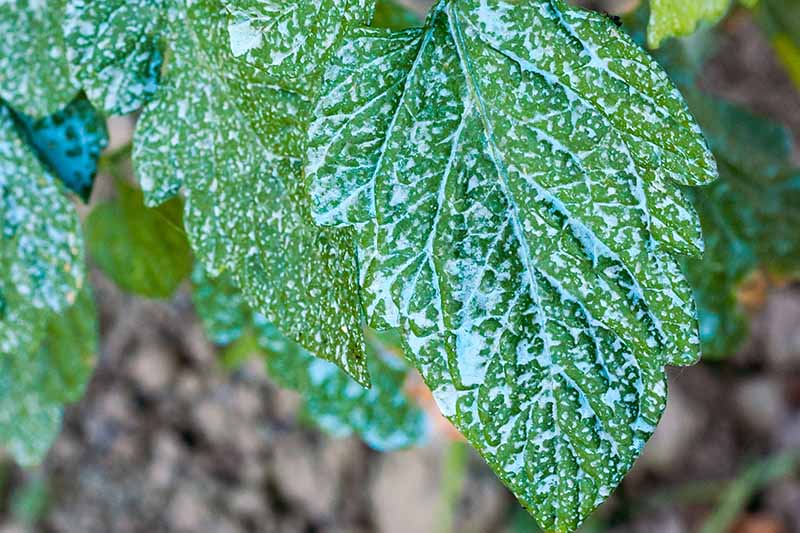
Some organisms can be successfully treated for decades without developing resistance to a particular fungicide. Others, like Botrytis cinerea or gray mold, can become resistant in the first season that the compound is used.
Selection pressure is the formal term used when the repeated application of a chemical predisposes an organism to develop resistance to it.
To be more technical, this term is used when the fungicide kills the initial population, but has no effect on the changed (or mutated) population that has become resistant.
Some fungi produce spores once or twice a year, while others (like Botrytis cinerea) repeatedly produce spores throughout the season. Those that reproduce rapidly are more likely to develop a resistant population than organisms that reproduce more slowly.
Some fungi are able to detoxify the chemicals contained in these products. In some cases, they use the same mechanism that our livers use to detoxify toxic compounds.
In other cases, the fungicides actually will not work until the organism converts the chemical to an active form. If the organism stops doing that, the compound will not work.
As is the case with most organisms, fungal cells have pumps that transport chemicals out of the cells.
Occasionally, these adapt to pump a large quantity of the fungicide out of the cell, and this reduces the concentration in the cell to a low enough level that it is no longer fatal.
Examples of Highly Specific Fungicides That Are Closely Monitored
Several classes of modern synthetic fungicides are much less toxic to humans than those from previous eras, but they are at higher risk of producing resistant populations of fungi.
A few of these are described below.
Demethylation Inhibitors (DMIs)
This group of chemicals includes the fungicides containing “azoles” as mentioned above. They are sterol biosynthesis inhibitors.
This group includes dozens of chemicals that are highly effective at treating diseases that attack a wide array of crops – and some are used to treat fungal infections in humans.
Why is this group so specific? It targets a biochemical process that fungi use in the creation of cell membranes.
Cell membranes in different types of organisms are similar in their basic structure. However, their individual components can vary.
The main components of cell membranes are fatty molecules, including sterol groups (think cholesterol).
Well, fungi don’t make cholesterol. Instead, they make a similar compound called lanosterol.
And these chemicals inhibit the enzyme that carries out a key reaction in the manufacture of this sterol (lanosterol demethylase, to be precise).
Hence the name, demethylation inhibitors.
Quinone Outside Inhibitors (Strobilurins)
These compounds were developed in the 1990s and were considered at the time to be “low-risk fungicides.” They target an organism’s ability to produce energy.
They are highly specific and target only fungi. However, it only takes one particular change – or mutation – in the DNA to create resistance to this group of chemicals.
What this means in the field is that it is relatively easy for a population of fungi treated with one of the products in this group to develop resistance.
And what makes things worse is that the members of this group (FRAC code 11) are cross-resistant. Resistance to one of these chemicals enables the organism to become resistant to all of the chemicals in this group.
This makes it critical to rotate this type of fungicide, or ideally to mix it with a product that we currently consider to be at “low risk” of resistance and apply them both.
A note of caution: while the research indicates that strobilurins only affect fungi, studies on the brain cells of mice found these compounds could cause troubling cellular changes.
Researchers at the University of North Carolina School of Medicine found mouse cells treated with this type of fungicide reacted in a similar way to the cells of people with autism and conditions like Alzheimer’s disease.
Lab studies like these often do not turn out to mimic the situation in the real world when studied in vivo (i.e. in humans), but the research suggests caution might be warranted.
High Risk and Low Risk Fungal Pathogens
Some pathogens have a much higher risk of developing resistance than others. Many of the high risk ones cause serious disease in agricultural crops like wheat and barley.
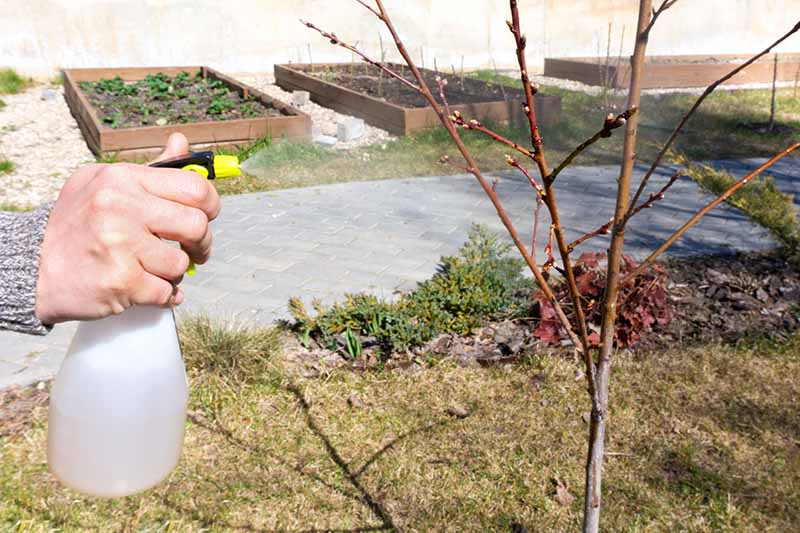
In the home garden, it’s important to be aware of high risk pathogens, and the need to prevent regional fungi populations from developing resistance.
Overuse of the same fungicide treatment can not only reduce its efficacy in our own gardens, but can have an adverse effect on neighboring gardens and locally grown commercial crops as well.
Likelihood of Developing Resistance
Common types of fungi likely to be encountered by home gardeners are as follows:
Low Risk
- Rhizoctonia spp.
- Fusarium spp.
- White mold (Sclerotinia sclerotiorum)
- Seed-borne pathogens
High Risk
- Apple scab (Venturia inaequalis)
- Grapevine downy mildew (Plasmopora viticola)
- Gray mold (Botrytis cinerea)
- Powdery mildew of cereals (Erysiphe graminis)
Example of a Rotation Plan for Home Gardeners
Some of the most thorough recommendations on how to rotate fungicides come from the University of California’s integrated pest management (IPM) program.
Knowing the FRAC MOA code for the mode of action, as mentioned above, is an important starting point for developing your rotation plan.
FRAC provides a table listing all commercially available fungicides and their FRAC codes.
The main consideration is to avoid successive use of treatments that have the same mode of action.
Their recommendations for treating Botrytis (gray mold) on strawberries are described as follows:
- For products with FRAC codes 1, 4, 9, 11, or 17, make only one application before rotating to a fungicide with a different MOA code.
- For fungicides with other codes, don’t make more than two consecutive applications before rotating to a product with a different MOA code.
Biofungicides and Plant Defense Compounds
In addition to the synthetic fungicides commonly used, there are also microorganisms that inhibit fungi that may be used as fungicides. They are called biofungicides.
FRAC lists several microorganisms that can work effectively in the field, including species of the fungus Trichoderma and the bacterium Bacillus amyloliquefaciens.
We started this article by talking about how plants can defend themselves. Many of these defense mechanisms can also be induced by fragments of microbial cells.
Plants have evolved the ability to recognize these fragments as potential threats, and ramp up their immune responses when faced with them.
Some of these compounds are used to induce a plant’s immune response, so it can resist attack by fungi. Examples include yeast cell walls, and a particular strain of Bacillus bacteria.
Drug and Pesticide Resistance Threatens Us All
You have no doubt read about superbugs – bacteria resistant to all the known types of antibiotics. Infections caused by these bacteria can be fatal.
The situation with fungal human pathogens is headed in the same direction.
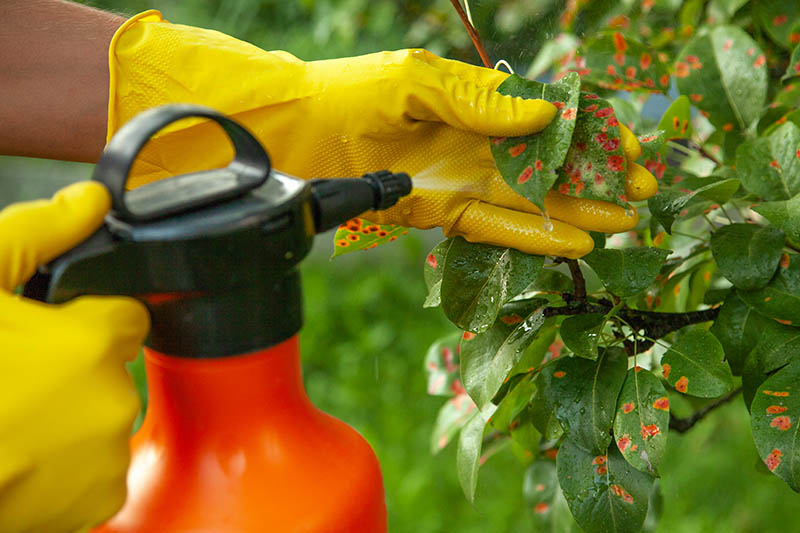
The same principle applies with agricultural fungicides – chemicals that are extremely effective at killing fungi become less effective over time, as the organisms evolve resistance to the chemicals.
Knowing this is likely gives us the opportunity to do our bit to try to prevent it, by rotating potential problem products with ones that are much less likely to result in resistance.
And the use of biological organisms provides even more hope that gardeners and growers will be able to keep the upper hand in the ever-constant war against fungal pathogens.
Have you been able to successfully counter resistance in your garden? If so, let us know how it went in the comments.
And check out these articles next for more information on plant diseases that are difficult to treat and may require the use of fungicides:
- How to Prevent and Mitigate Almond Hull Rot
- How to Prevent Armillaria Root Rot on Apples
- How to Identify and Treat Pecan Twig Dieback Disease
© Ask the Experts, LLC. ALL RIGHTS RESERVED. See our TOS for more details. Uncredited photos: Shutterstock. With additional writing and editing by Clare Groom and Allison Sidhu.

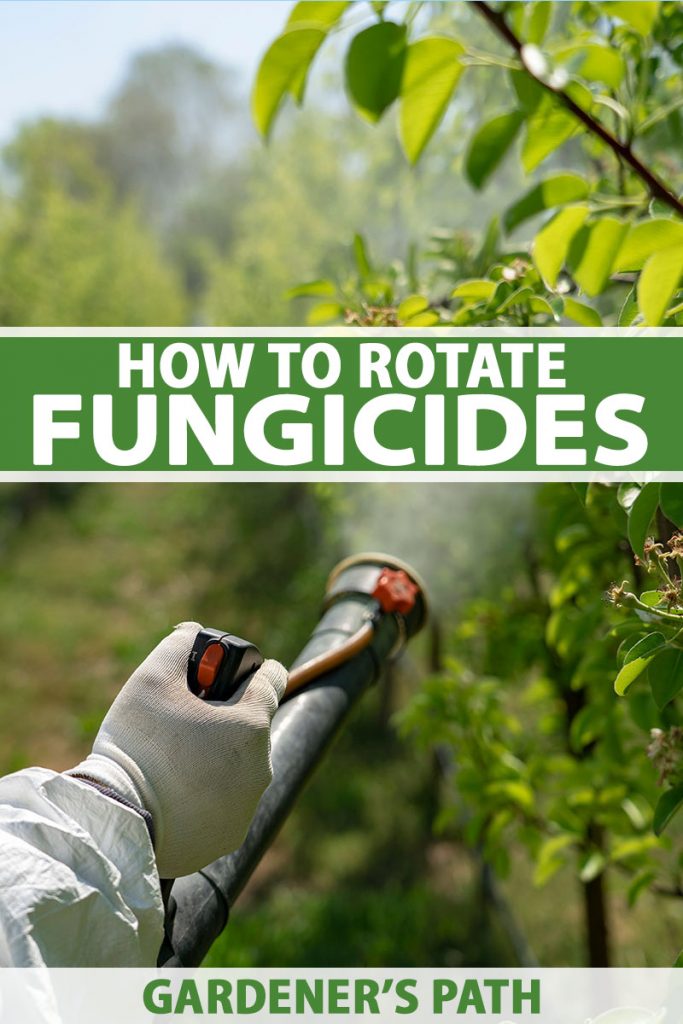
Dear Helga,
Thanks for the article.
Is there any research that has tested the hypothesis that rotation is better in regards to antifungal resistance? E.g. for bacteria I have come across an article on cylcing or mixing antibiotics which did not show a difference between the approaches.
Best regards
Jacob